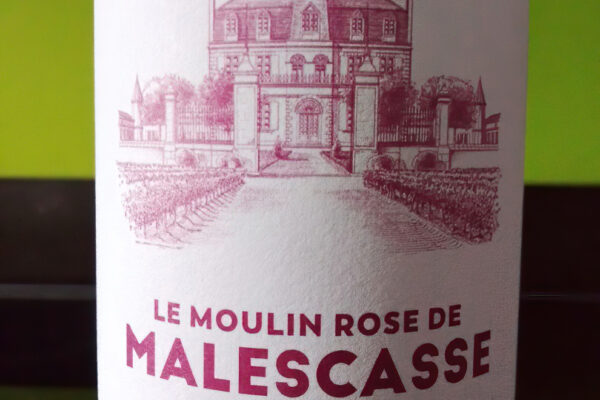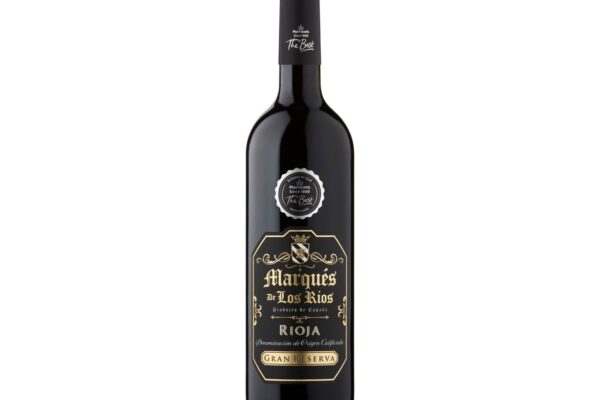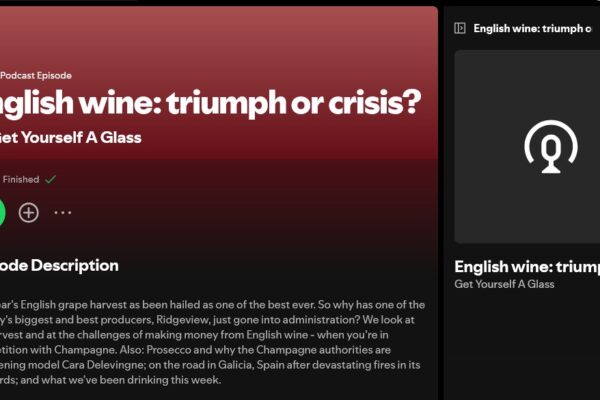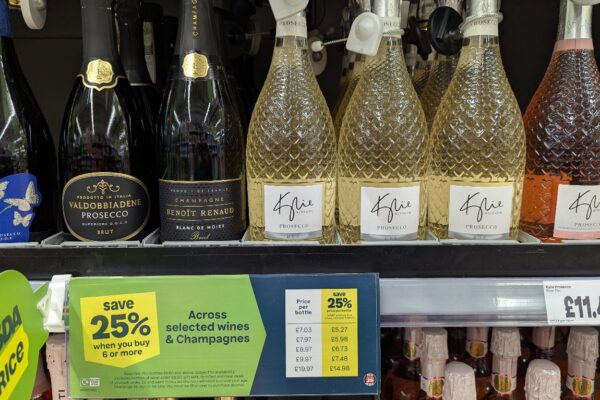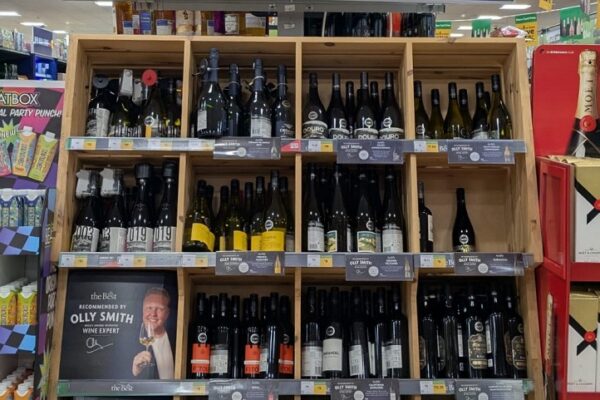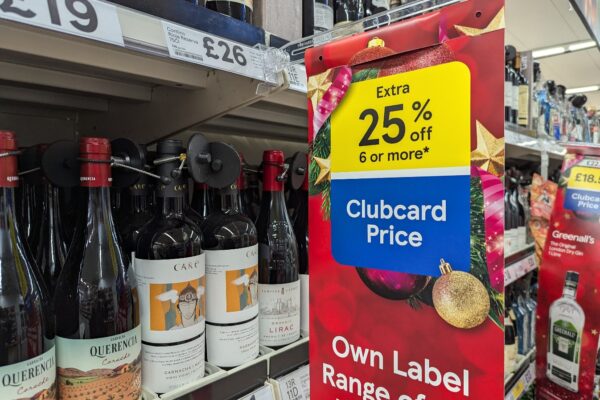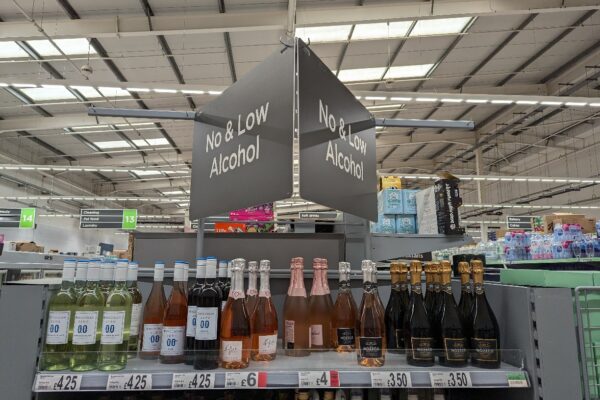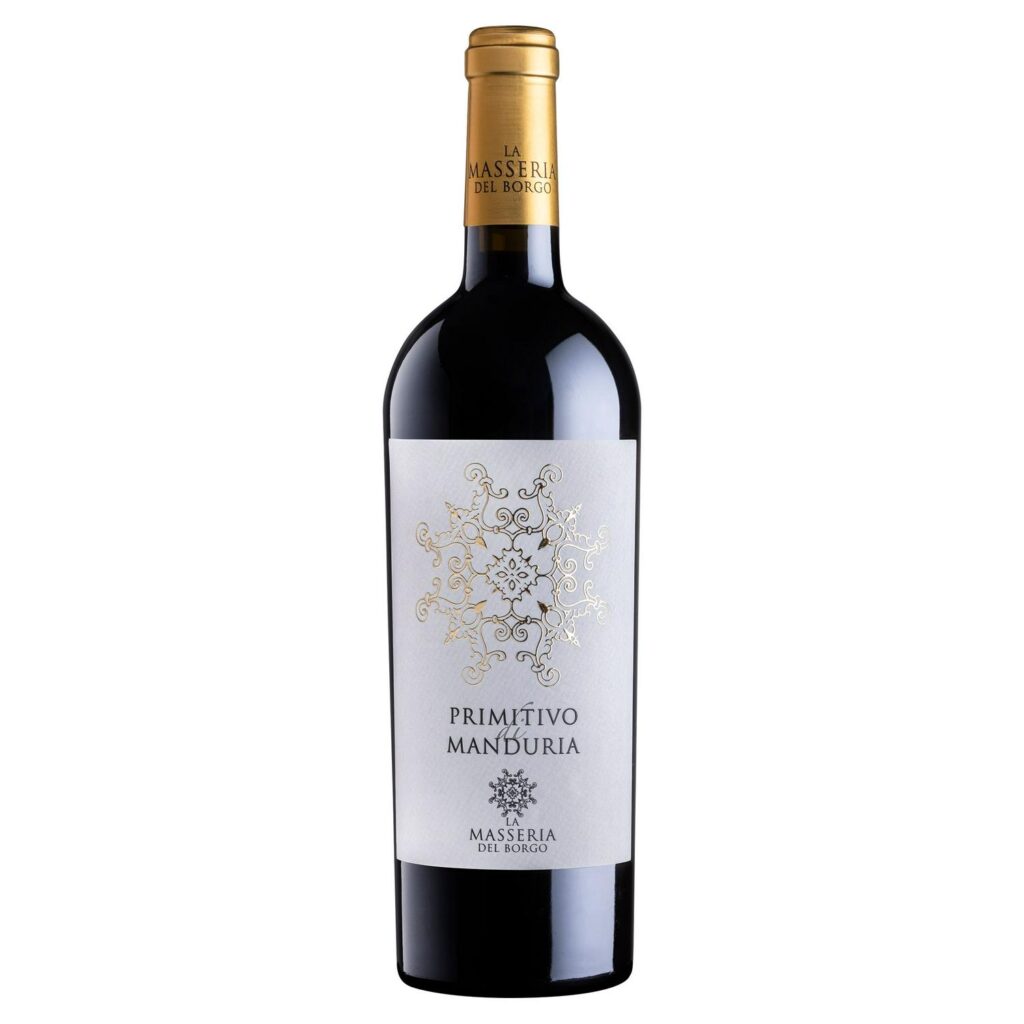
This wine, 2021 vintage, originates from Puglia, Italy and tastes of ripe dark berry fruits, including blackcurrants and black cherries, culminating in a long, satisfying finish.
The Primitivo grape expresses itself differently based on the region in which it’s cultivated, with noticeable variations across the key Primitivo DOC areas of Manduria, Gioia del Colle and Salento.
Manduria is Puglia’s premier DOC region for Primitivo. Its Primitivo wines are generally rich, robust and boast higher alcohol levels. This particular wine has an impressive rating of 4.3 out of 5 on Vivino.
While I have a fondness for Puglia wines, especially Negroamaro, the better ones often suffer from limited availability, selling out swiftly. This Primitivo was out of stock for some time at Sainsbury’s, leading to concerns that it was discontinued, but fortunately, it returned to the shelves. If you’re having trouble locating it, try looking at the end aisles and special sections, as it often tends to be hidden away.
Be warned that this wine is at the extreme end of ‘rich’, almost getting on for Tawny Port-like, which is why I like it. Nevertheless, it isn’t technically sweet because it is at the border of dry and off-dry when measured with a hydrometer. The fruit, slight oak and alcohol are mainly what cause it to appear sweet.
Primitivo and the Californian Zinfandel are, in fact, identical grape varieties. Despite this, they yield distinct characteristics, predominantly due to the soil composition and climate in their respective growing regions. Primitivo tends to have high tannins, fruity notes, pepper, and floral aromas, whereas Zinfandel shares the fruitiness but with less tannin and a pronounced jammy, cooked fruit flavour profile.
This wine is suitable for vegetarians. Available from Sainsbury’s and, since August 2024, from Tesco. While it is pricier compared to other supermarket wines, at about £12.50, it has been on offer at £9.50 and sometimes with additional discount of 25% off.
This was my best find of 2023.
Update March 2024: 2022 vintage is less fruity and very slightly more tannic. Another observation is that the previous, 2021 vintage hasn’t aged well. In the year since I first wrote this, the spare bottles I purchased have lost their roundness and richness.
Update September 2024: 2023 vintage is better than 2022 but still not as good as 2021. Now available from Tesco.
Update July 2025: I tried the 2023 vintage again and found that if you leave the opened bottle to air for 2 days it comes very close to what I originally experienced for the 2021 vintage.




